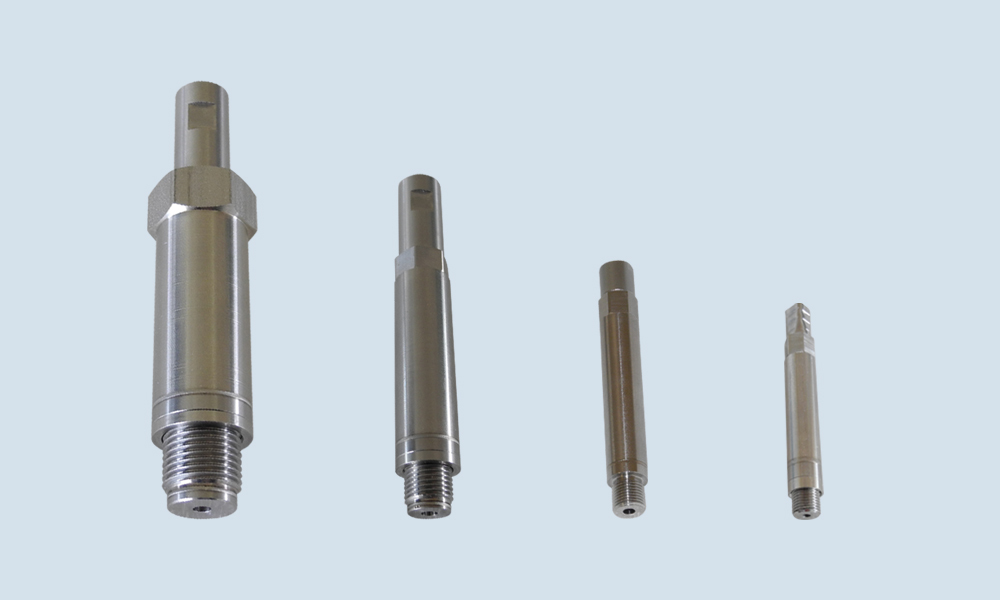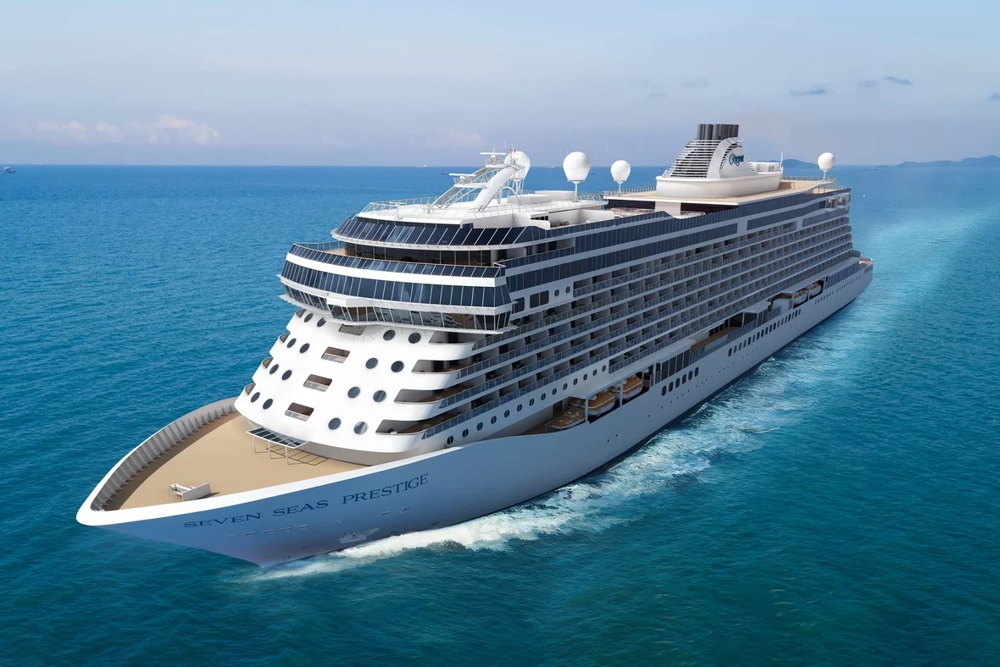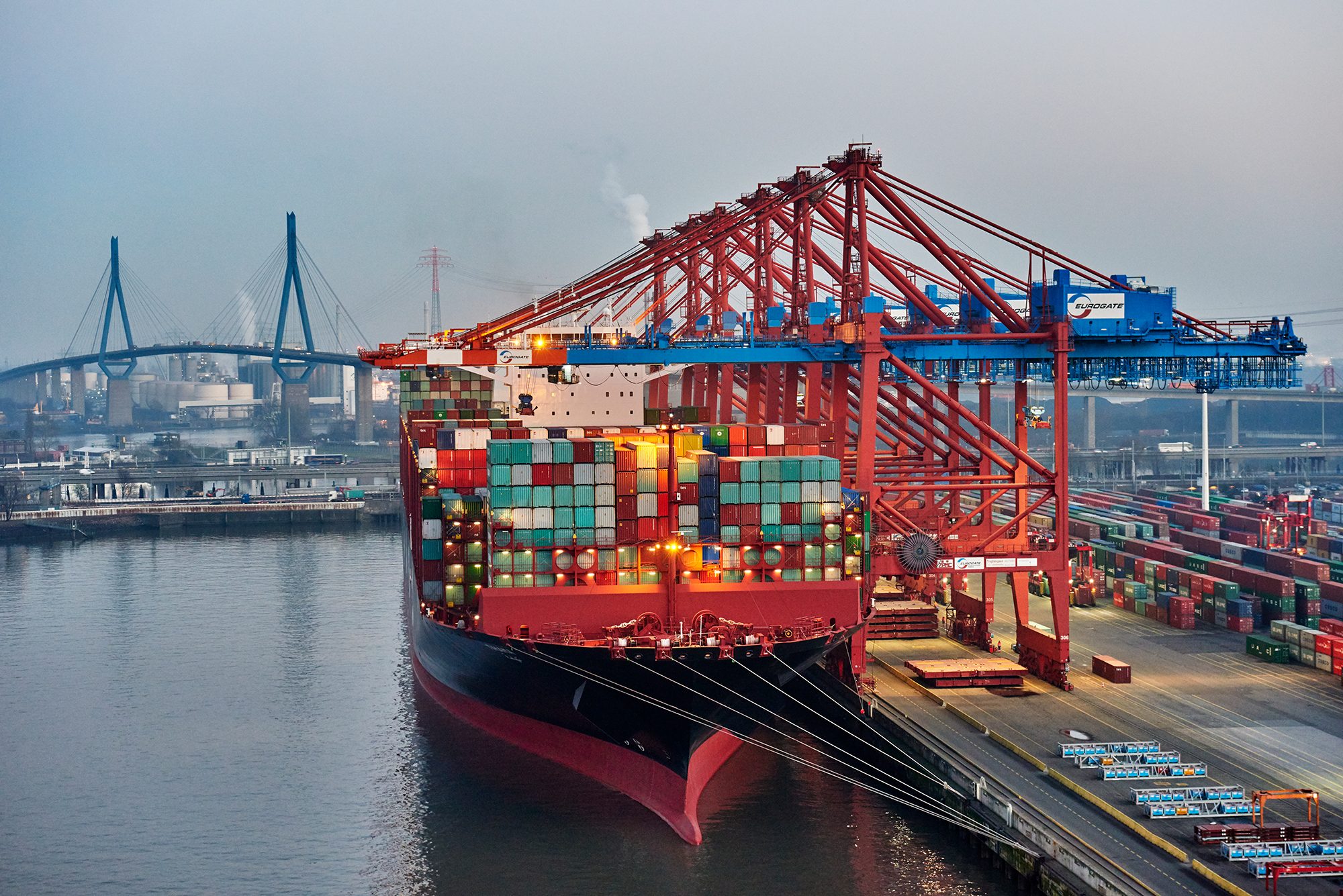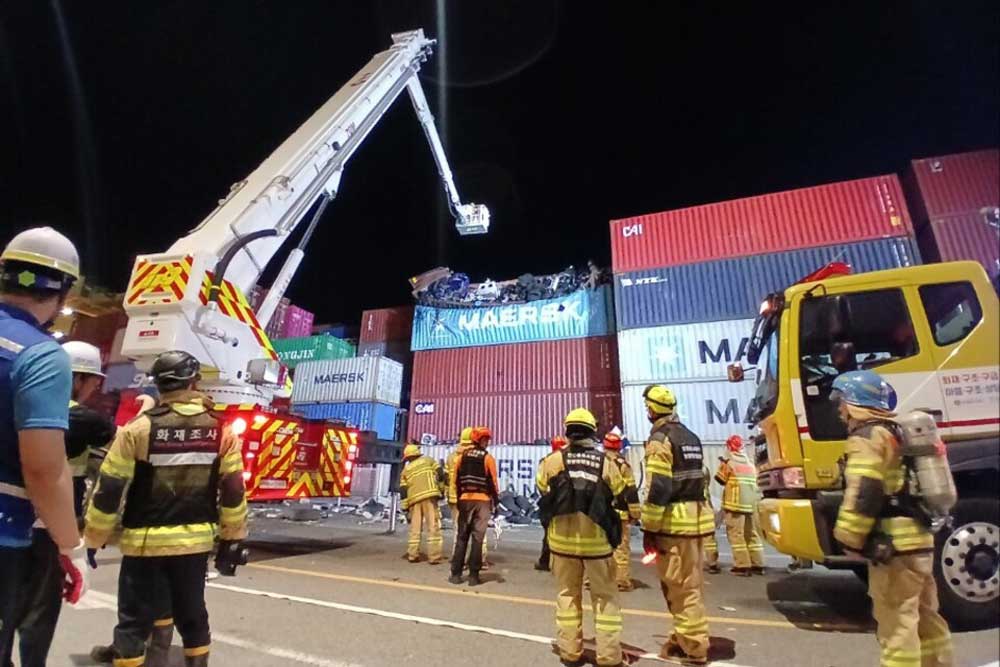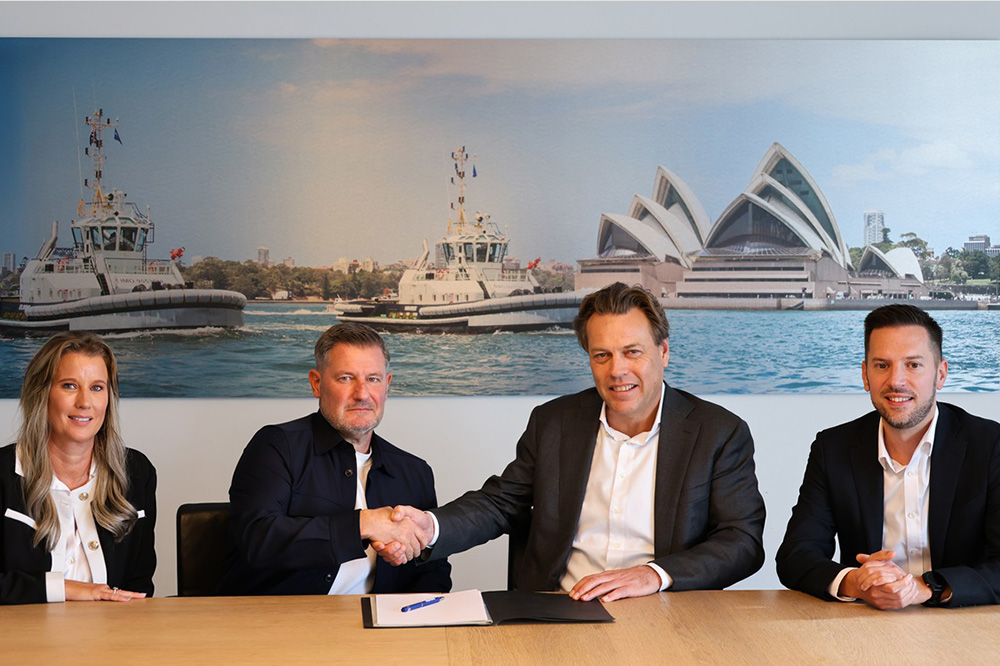The Danish Maersk Group inaugurated a new “cross dock” logistics centre at its Maasvlakte II terminal in Rotterdam.
The logistics centre is intended to significantly speed up the flow of cargo from the arrival of a container ship in the port to the final destination of the products – especially in the German hinterland as well as in the Benelux countries and France, as Maersk announced.
After unloading, the products can be unpacked, reloaded onto conventional trucks and distributed further within a few hours. Maersk welcomed Starbucks as the first customer in the newly opened logistics center, which has a total area of 23,000 m², 120 docks and intermediate storage areas.
Connection to Maersk terminal and STAR depot
“The opening of this specialised cross-dock logistics centre right next to where containers are unloaded from our vessels […] increases supply chain resilience, flexibility and transparency in times of increasing disruption and geopolitical risks,” said Ole Trumpfheller, Managing Director Maersk North Europe Continent Area, which includes Benelux, Germany, Austria, Switzerland and Poland. “In our new cross dock, we are speeding up a part of the supply chain where others lose days in some cases.” The interim storage facility in the cross dock is also intended to make customers’ supply chains more flexible when their storage areas are fully utilised, for example during peak periods.
The cross dock is located at Maersk’s own Maasvlakte II terminal. A direct route leads to the “significantly enlarged” STAR depot for the immediate return of unloaded containers, which should reduce D&D costs for customers, according to the Maersk press release.
For customers with temperature-sensitive cargo such as fresh produce, pharmaceuticals, meat, fish and other frozen foods, a large refrigerated logistics centre is also being built at the same location on Maasvlakte II in the immediate vicinity of the cross dock. It will have over 40,000 m² of space with several temperature zones and is scheduled to go into operation at the end of 2024.
“We are creating a networked logistics ecosystem on the Maasvlakte with excellent connections to road, rail and inland waterways. Here, all the individual elements and value-added services of the supply chain come together to form a comprehensive offering from a single source. This makes complex logistics processes much simpler and more reliable for our customers,” Trumpfheller continues.












